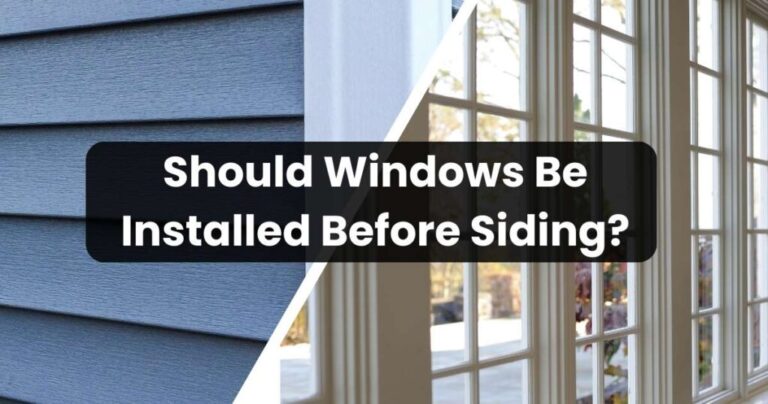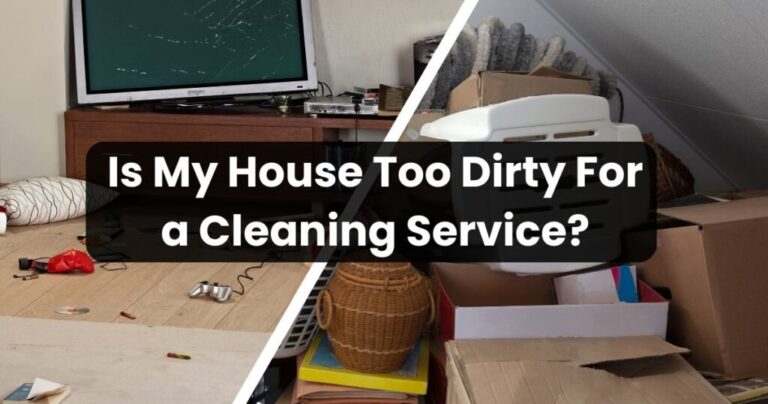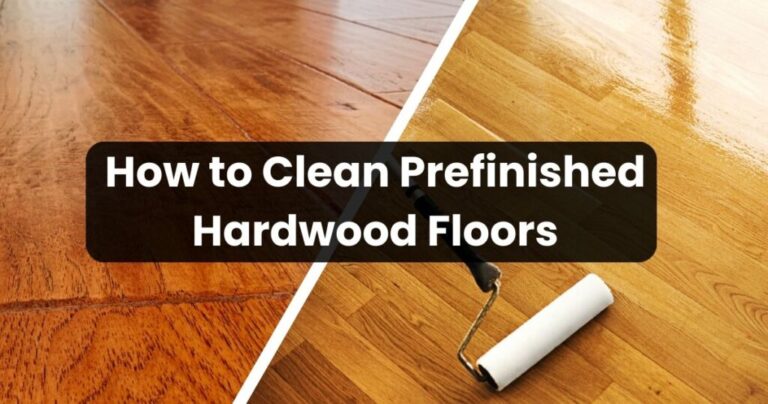
As we step into 2025, homeowners, builders, and designers are increasingly looking at exterior aesthetics to make a lasting impression. Siding plays a crucial role in determining the overall appeal and durability of a home. With evolving design preferences and sustainability considerations, siding colors in 2025 are taking inspiration from nature, modern minimalism, and timeless elegance. If you’re planning a new build or a renovation, this guide will help you choose the perfect siding color to keep your home stylish and inviting.
1. The Dominance of Neutral Tones
Neutral shades continue to be a homeowner favorite in 2025. These colors offer versatility and timeless elegance while enhancing a home’s curb appeal. The most popular neutral shades this year include:
- Soft White & Off-White – Classic and sophisticated, these hues provide a fresh, clean look that complements various architectural styles.
- Warm Beige & Taupe – Earthy and inviting, these colors work well with both traditional and contemporary homes.
- Light Gray & Greige (Gray + Beige) – The perfect blend of modernity and warmth, these shades create a balanced, chic appearance.
Homeowners appreciate neutrals for their ability to pair well with almost any accent color, offering flexibility in design choices.
2. Nature-Inspired Earthy Tones
In 2025, a growing emphasis on sustainability and natural beauty has led to a surge in earthy tones. These colors create a harmonious connection between homes and their surroundings, making them a top choice for homeowners who appreciate organic aesthetics.
- Sage Green – This muted green shade evokes a sense of calm and blends well with natural landscapes.
- Terracotta & Clay Red – Inspired by desert landscapes, these warm hues add character and depth to a home’s exterior.
- Deep Brown & Espresso – Rich and sophisticated, these shades mimic the look of natural wood and work well with stone and metal accents.
These nature-inspired colors offer a sense of warmth and tranquility, making them ideal for modern rustic homes.
3. Bold and Dark Accents
While neutral and earthy tones dominate the scene, there is a growing trend toward darker, bolder siding colors. These shades add drama, sophistication, and a contemporary edge to a home’s exterior.
- Charcoal Gray & Black – Dark hues create a striking contrast and add a modern touch to any home.
- Navy Blue & Midnight Blue – These deep blues are stylish, bold, and work exceptionally well with white or light gray trims.
- Forest Green & Deep Teal – Inspired by lush greenery, these colors bring a bold yet natural aesthetic.
Dark siding colors are often paired with lighter trims or wood accents to create a visually appealing contrast that enhances the home’s structure.
4. Trending Siding Combinations
Many homeowners in 2025 are experimenting with mixed siding colors and materials to achieve a customized look. Popular combinations include:
- White and Black – A modern farmhouse staple that offers a sleek yet timeless appeal.
- Gray and Wood Tones – A warm and contemporary blend that adds texture and depth.
- Beige and Navy – A sophisticated mix that brings both warmth and boldness.
Using multiple siding materials, such as stone, brick, and board-and-batten, further enhances the overall aesthetic appeal of these color combinations.
5. Factors Influencing Siding Color Choices
Several factors impact a homeowner’s choice when selecting a siding color. These include:
- Regional Trends – Climate and local preferences often dictate popular color choices. For example, lighter tones are favored in warmer regions to reflect heat, while darker hues are more common in colder climates.
- Architectural Style – Traditional homes often lean towards classic whites and beiges, whereas contemporary designs embrace bold and dark shades.
- Resale Value – Neutral colors tend to have broad appeal and may boost a home’s marketability.
- HOA and Local Regulations – Some communities have specific guidelines on allowable siding colors, influencing homeowners’ choices.
6. Choosing the Right Siding Material
The siding material you choose can also influence color vibrancy and longevity. Here are some popular materials in 2025:
- Vinyl Siding – Affordable, low maintenance, and available in various colors.
- Fiber Cement Siding – Durable and can mimic the look of wood or stone.
- Wood Siding – Classic and beautiful but requires maintenance.
- Metal Siding – Modern, sleek, and often used for industrial-style homes.
- Brick and Stone Accents – Provide texture and a timeless look when combined with traditional siding materials.
7. Maintenance and Longevity of Siding Colors
When selecting a siding color, it’s essential to consider maintenance and longevity. Here are some tips to keep your home looking fresh:
- Choose Fade-Resistant Colors – Darker colors may fade faster under intense sunlight.
- Regular Cleaning – Periodic washing prevents dirt buildup and maintains the vibrancy of the siding.
- Repainting or Refinishing – Some materials, such as wood and fiber cement, may require repainting every few years.
- Quality Finishes – Opt for high-quality, UV-resistant finishes to ensure longevity.
Final Thoughts
The siding color trends for 2025 reflect a balance between timeless neutrals, earthy inspirations, and bold modern hues. Whether you prefer the classic appeal of soft whites, the warmth of natural browns, or the drama of deep navy, there’s a siding color to suit every taste and architectural style. By considering regional influences, material choices, and long-term maintenance, homeowners can select a siding color that enhances both curb appeal and property value for years to come.



